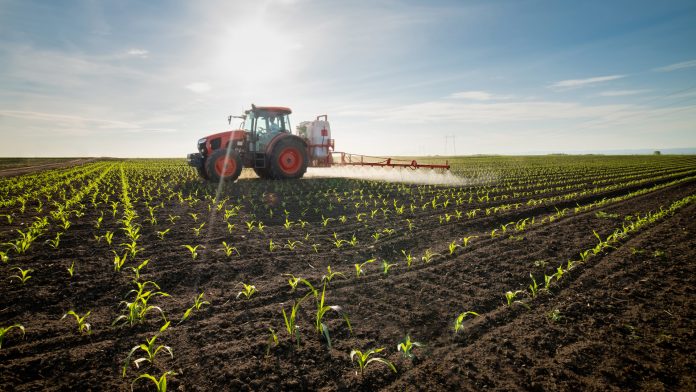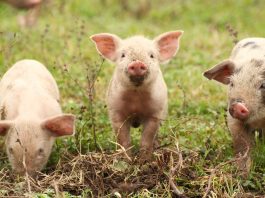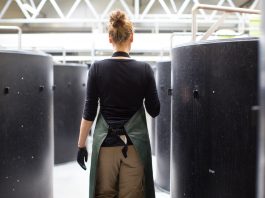Researchers from Flinders University are investigating organic nitrogen fertiliser to return nitrogen to soil without the need for chemicals.
Currently, the global agricultural industry is facing challenges with deteriorating soil health. In order to combat this, Australian scientists are exploring the manufacture of a sustainable organic nitrogen fertiliser composed of aquatic cyanobacterial biomass, which is suitable for severely damaged areas that are dependent on chemical fertilisers.
“Many soils are degraded and becoming less fertile. This challenges agriculture to produce sufficient high-quality food to feed the continuously growing population, which is further exacerbated by climatic instability threatening crop production,” explained Flinders University researcher Associate Professor Kirsten Heimann.
Biofertiliser from cyanobacteria
Joining the Flinders researchers, US and European scientists are now assessing the functionality of a novel biofertiliser comprised of very fast-growing freshwater cyanobacterium Tolypothrix, which is capable of fixing nitrogen from the atmosphere without necessitating further nitrogen fertilisation. This, therefore, makes the biomass far cheaper to produce in comparison to alternative microalgal and macroalgal biofertilisers.
The research group has discovered that it is possible to cultivate this kind of non-toxic blue-green algae in freshwater, as well as in somewhat saline or industrial wastewater like that from coal-fired power stations; capturing biofuel could also be used to balance out the cost of production.
This form of non-toxic blue-green algae can be cultivated in freshwater and even slightly saline or industrial wastewater such as from coal-fired power stations, the research team has found. Capturing biofuel may also be used to offset production costs.
Energy inputs to produce Tolypothrix biomass can be offset by generating biogas, which is a methane-rich gas for drying the biomass to extract high-value health supplement phycocyanin or to produce carbon and nitrogen-rich liquid and solid biofertilisers to remediate soil infertility.
Biological soil enhancement
In a recent paper in Chemosphere, Dr Heimann and his associates explore Tolypothrix generation as a sustainable answer to the question of biological soil enhancement, which, when combined with biogas or the spirulina-like nutritional powder, offers “strong economic returns for regional and remote farming communities”.
“Australian soils, in particular in the marginal wheat belt in Western Australia, are structurally degraded, which cannot be overcome by applications of synthetic fertilisers,” commented Associate Professor Heimann.
“To improve soil structure, organic carbon applications are required to return the soils’ capacity to sustain a healthy soil microbiome and to improve the soils’ cation exchange of nutrients and water-holding capacity.”
The group explained that conversion of pond-generated cyanobacterial biomass manufactured on farming land could offer a massive in-situ source of renewable nitrogen-rich fertiliser, thus also aiding the reduction of carbon emissions from chemical fertiliser production and transport.
Sustainable biofertiliser for a growing population
The UN estimates that the global population will reach 8.5 billion in 2030, 9.7 billion by 2050 and 10.9 billion in 2100. As a result of projected population growth, higher energy and food demands are estimated for the future.
These projections promote research into biofertiliser and biogas manufacture through sustainable energy generation, utilising waste organic material of controlled production of biomass like microalgae and multicellular cyanobacteria.
Scientists have formerly recorded photosynthetic fixation of CO2 by cyanobacteria of 100 to >200 tons CO2ha−1y−1 under outdoor cultivation conditions in open ponds, raceway ponds, photobioreactors and attached growth bioreactors.
Further studies indicate that in contrast to various cyanobacterial species, Tolypothrixsp, a freshwater cyanobacterium, is filamentous and forms aggregates that self-flocculate, rendering it incredibly simple to harvest from suspension cultures, decreasing dewatering expenses by up to 90%.





